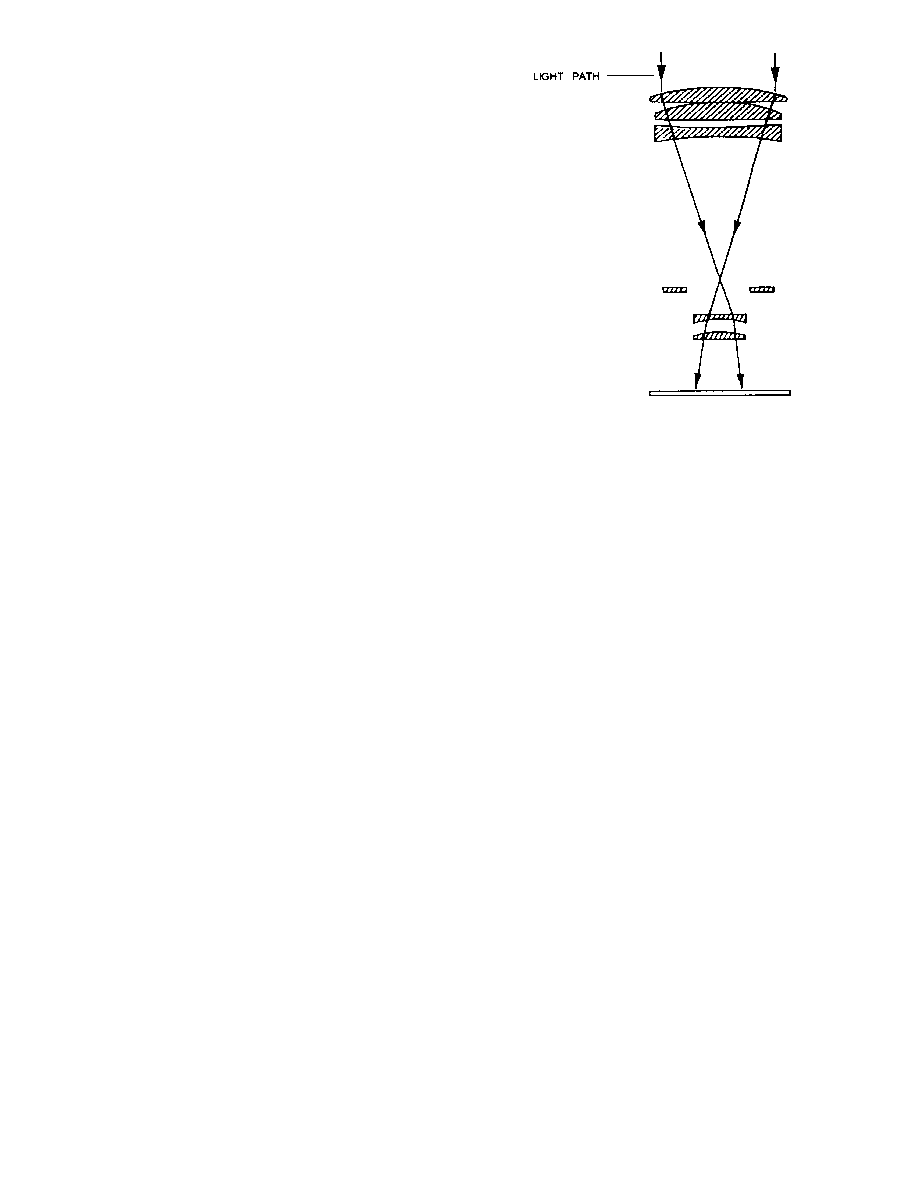
DOFMaster
for Windows
On-line
Depth of Field
Calculator
DOFMaster for Mobile Devices
On-line
Depth of Field
Table
Hyperfocal
Distance Chart
Articles
FAQ
Recommended
Books
Support
Contact
Links
Home
for Windows
On-line
Depth of Field
Calculator
DOFMaster for Mobile Devices
On-line
Depth of Field
Table
Hyperfocal
Distance Chart
Articles
FAQ
Recommended
Books
Support
Contact
Links
Home
As an Amazon Associate I earn from qualifying purchases.
![]()
vignetting. This results in the edges of the image being
cut off, particularly at wide apertures. When using
wide-angle lenses, you should use lens hoods and filters
designed for the particular lens in question.
results in image distortion. Straight lines appear curved
and curved Lines may appear straight.
increases and objects which are close to the camera
in front of the lens to infinity so that focusing is not
straight in the image and there is no obvious distortion.
The width of objects close to the camera appears
emphasized because of the steep perspective produced
lenses come in various focal lengths and are capable of
producing up to one half or even life-size 1:1 images.
For example, a 100mm macro lens produces a 1:1 image
useful when you are taking pictures of live creatures or
doing closeup medical photography.
most common being 50mm). This focal length gives a
field of view roughly the same as that over which the
eye gives satisfactory sharpness-thus the name normal
the image size you see in the viewfinder are normal. That
is, you get much the same impression as you would get
if you look at the subject with one eye. Many Navy
photographers claim, however, that the wider angle of
view of a 35mm lens (for a 35mm camera) is preferable.
Others maintain that an 85mm focal length is better for
general use because it enables the picture space to be
filled more easily with subject matter.
frame with the face of the subject, you get image
distortion. It is better to stand farther back and include
the shoulders of the subject in the picture. This
eliminates distortion.
modern, long-focal-length lenses are called telephoto
long-focal-length lenses were essentially a lens at the
end of a long tube. A 500mm lens was spaced 500mm
from the film, and so on. However, by incorporating
other glass elements, the light passing through the lens
can be modified (fig. 1-35). This permits the lens barrel
to be physically shorter than the lens actual focal
length-an arrangement known as telephoto.
Basic Photography Course

As an Amazon Associate I earn from qualifying purchases.
WWW.DOFMASTER.COM
© 2006 Don Fleming. All rights reserved.
© 2006 Don Fleming. All rights reserved.